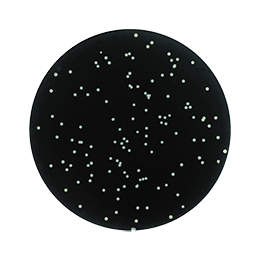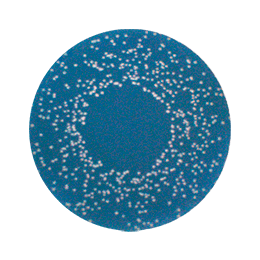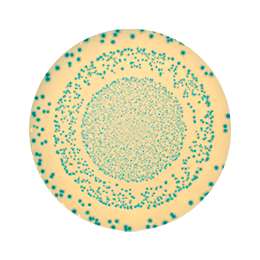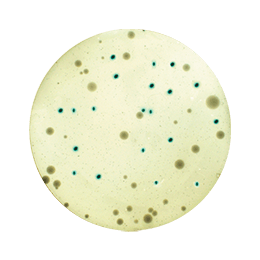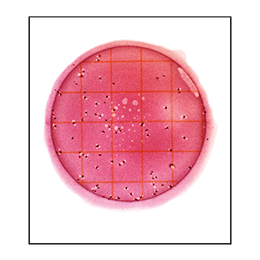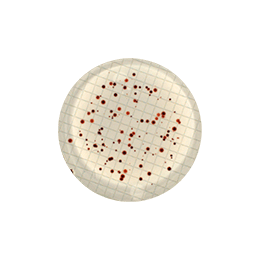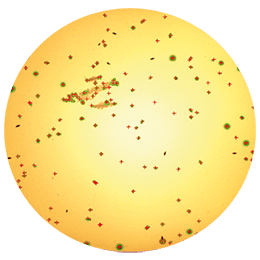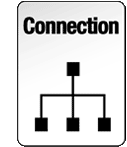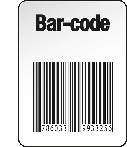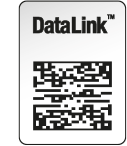- +Products
- +Allergen testing
- +Culture Media - reagents and reference material
- +Environmental testing solutions
- +Laboratory Consumables
- +Laboratory equipment
- +Microbiology equipment
- +Neogen® Food Safety Solutions
- +Temperature & Humidity Monitoring
- Services
- Support
- News
- +About Us
- Contact

Scan 4000 Colony Counter
Scan 4000 is an automatic HD colour colony counter. It is adapted to all sizes of Petri dishes and any culture media. Its indirect lighting system gives great user comfort, high accuracy and excellent reproducibility. Scan 4000 is also an inhibition zone reader.
- Minimum size of detected colony: 0.05 mm
- Camera: 5 megapixels - zoom x 69
- Counting on Ø 55 to 150 mm round Petri dishes and 120 mm square Petri dishes
- Counting on pour, surface, Spiral, circle mode plated dishes
- Counting on chromogenic agar, PetriFilmTM, MC-media PadsTM, Compact DryTM, Easy PlateTM, filtration membranes
- Inhibition zone reader
The largest range on the market
The Scan 4000 allows reading on Petri dishes of up to 150 mm diameter, and on square Petri dishes of 120 mm. This makes it the colony counter with the most possibilities on the market, for more flexibility in your work. Scan 4000 reads also inhibition zones on round or square Petri dishes.
Surface and pour
Spiral
Circle
Chromogenic
PetriFilmTM
Compact DryTM
MC-Media PadsTM
Easy PlateTM
Filtration membranes
Ø 150 mm
Accuracy and repeatability
The counting of Petri dishes is long, tedious and can vary from one person to another. The Scan 4000 can count up to 1000 colonies in 1 second in a constant and repeatable mode. Counting accuracy reach up to 98%. The minimum colony size is 0.05 mm.
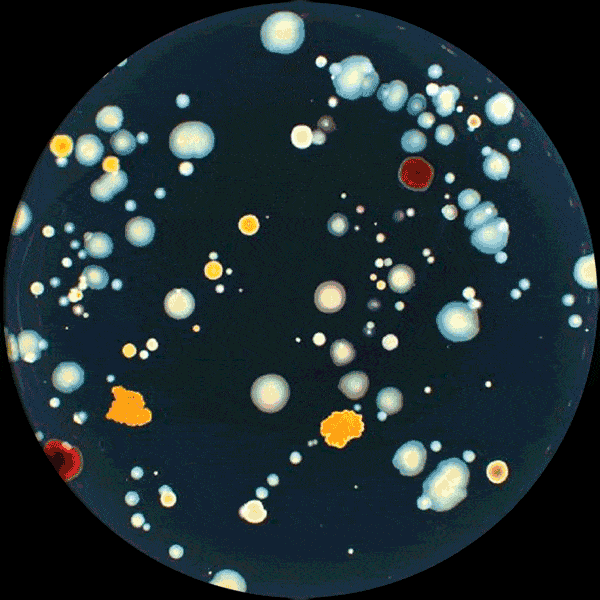
Total count before/after counting
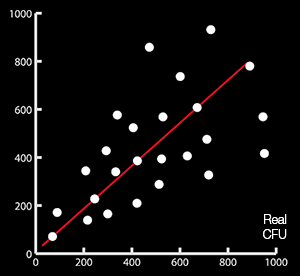
Manual counting
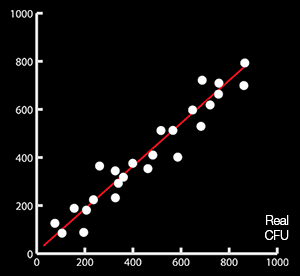
Automatic counting
21 CFR Part 11 included
The Scan software complies with FDA recommendations, particularly on audit trail and security of results.
The user account management, integrated in the software, allows the creation of up to 5 levels of rights. The Supervisor-Administrator has all the roles while the other roles are subject to certain rights. Password management secures user accounts.

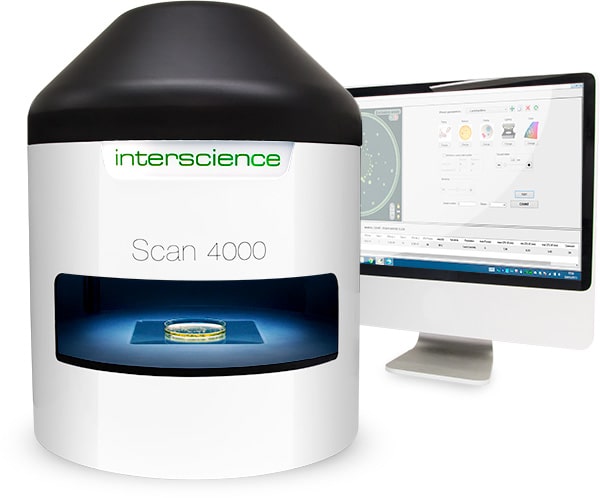
Traceability
SIL/LIMS connection
Bar-code
dataLink
Scan 4000 connects to the LIMS in bi-directionality and can be connected to the diluter and plater via dataLink traceability system.
Print of the results
All data, images, photos and results are exportable in printable reports, sca, pdf, jpg, xls, csv.
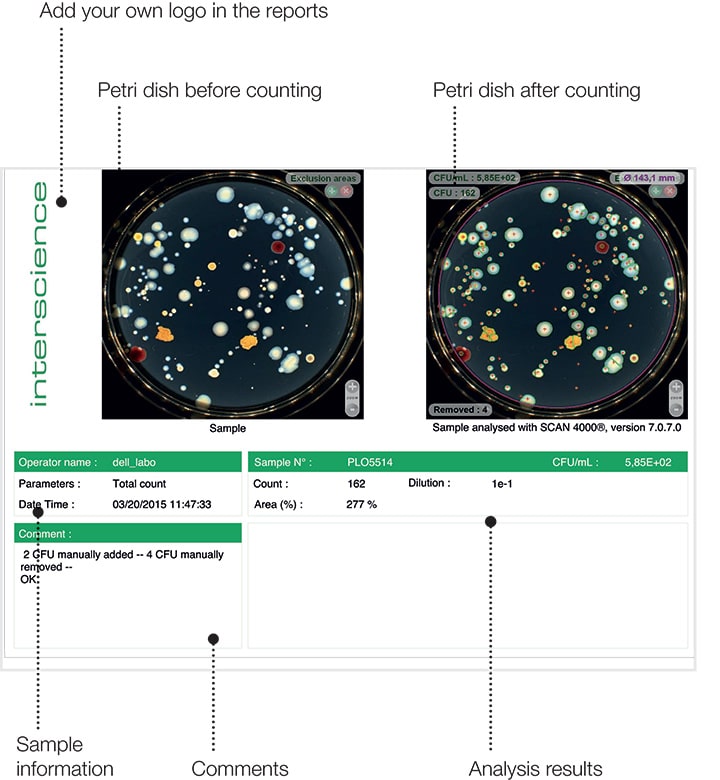
Printed report example
White LED Dome lighting:
reflection and shadow free
Petri dishes are difficult to lighten as they are transparent and reflective. Heterogeneous lighting creates artefacts on the edge of the agar and on the sides of the Petri dish. These artefacts may be counted as colonies and can ruin an accurate counting.
We have designed a white diffusing dome for 360° lighting without reflections or shadows. The lighting is spread evenly everywhere and allows you to count the colonies on the entire surface.
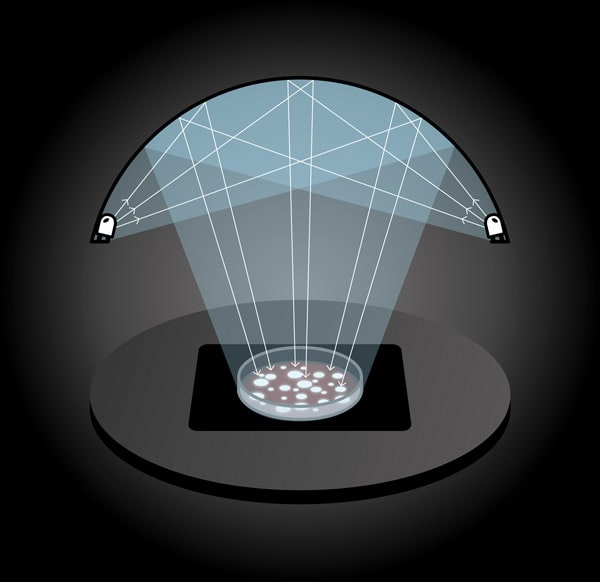
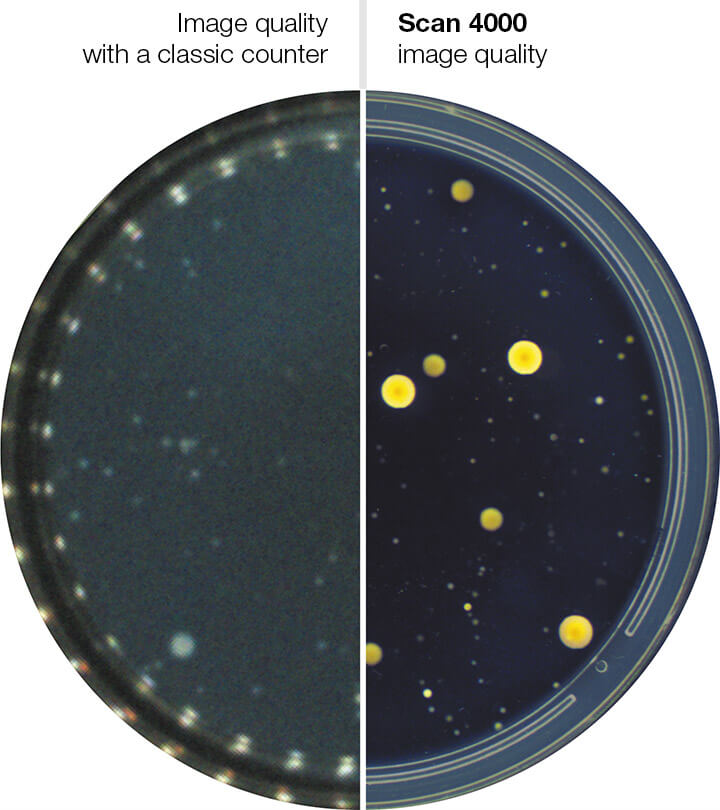
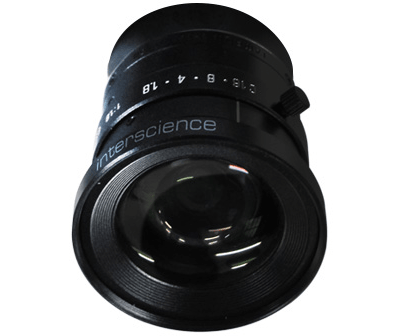
Ultra high resolution camera
Equipped with a German 5 megapixels camera and a Japanese lens, the Scan 4000offers the best image quality of the INTERSCIENCE range. See details you would not see with your bare eye!
Reading on 100% of the surface of the Petri dish
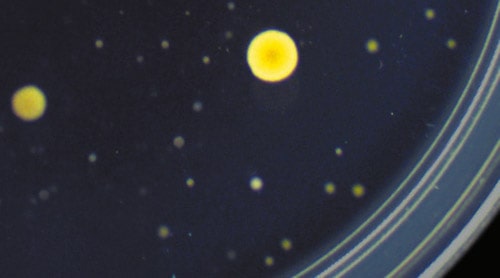
Place the Petri dish where you want, the Scan 4000automatically detects it and zooms on it. You can count on 100% of the surface of the Petri dish and avoid missing a colony nestled on the meniscus agar.

Ideal with dataLink full traceability system
dataLink is a complete traceability system for the microbiological analysis of a sample, from its plating with easySpiral Pro or easySpiral Dilute platers to colony counting. After incubation, the reading of the datamatrix code makes it possible to collect the information of the sample and its plating and to automatically launch on the colony counter the associated parameters.
Warranty
Scan 4000 automatic colony counters have 3-YEAR warranty (parts and labour) just by sending the warranty card back.

Applications
The Scan 4000 colony counter is used in the food, environmental, pharmaceutical, cosmetics, veterinary and public institutes research.








